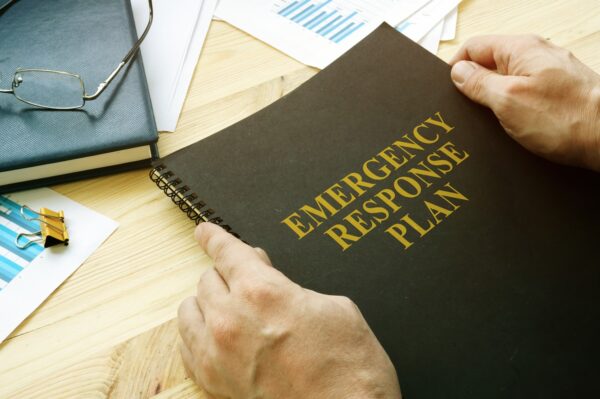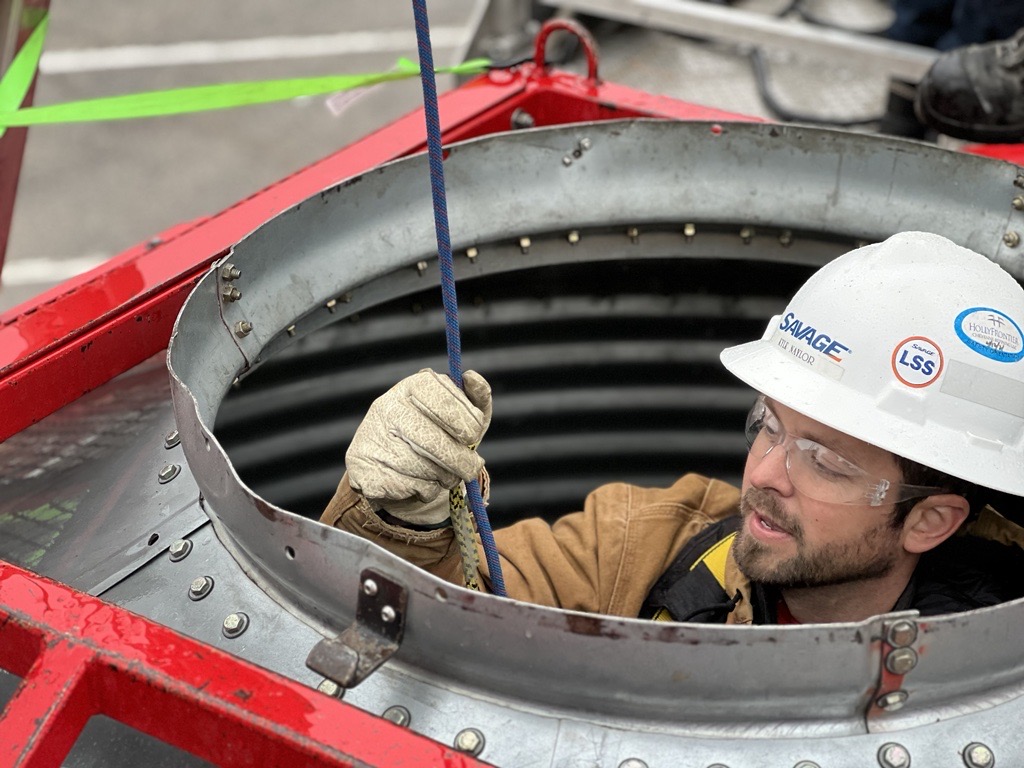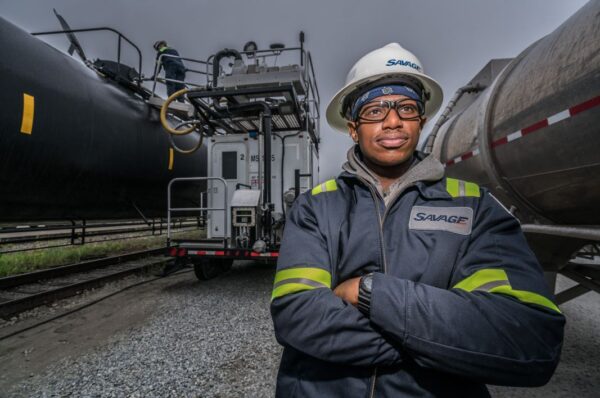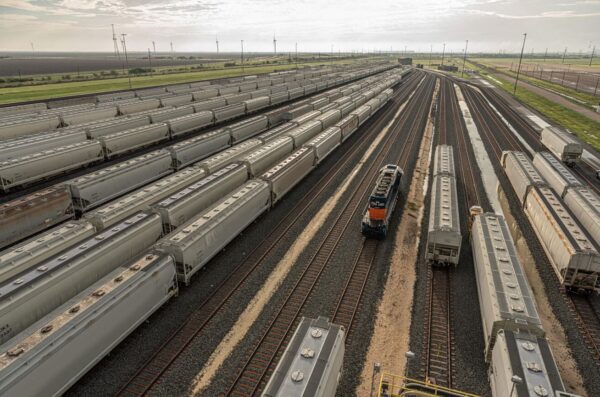
The Practical Benefits of an Emergency Response Plan
You’ve likely heard the idiom, “If you fail to plan, you plan to fail.” Cliché? Yes. But when there is a workplace injury or heavy equipment failure, the words take on a renewed importance.
It can be difficult to account for all that might happen when coming up with an emergency response plan. However, a little mindfulness and diligent observation can go a long way in making a positive difference when danger strikes.
Responding to a Workplace Injury
According to the Bureau of Labor Statistics (BLS), nearly 3 million instances of workplace injury occurred in 2021, resulting in more than one million days of missed work. It’s impossible to know how many workplace accidents have been prevented due to comprehensive training and employee diligence. Still, those numbers would likely be worse if no emergency response plan were in place.
So, what makes a good emergency response plan? Most effective strategies include these core factors:
- Assess the situation and try to lock down the area
- Call emergency response professionals
- If possible, safely remove injured persons from the scene
- Render first aid as needed
- Inform upper management personnel
A good emergency response plan gives Team Members the right tools to make a difference when problems arise. This notion was reinforced in a dramatic way, when a heavy equipment failure gave our own Team Members a renewed appreciation for their emergency response plan.
In October of 2022, a nearby explosion at a North Dakota Bakken shale plant caught the attention of one of Savage’s nightshift Team Members working at our transload terminal. He notified his supervisor, who immediately drove down to the neighboring facility to try and help. It wasn’t long before he discovered an employee of that site stranded on the road, disoriented from a resulting workplace injury.
This Savage Team Member took the victim to the Savage terminal where the railyard staff attended to him until an ambulance arrived.
Our Team Members wouldn’t have been able to single-handedly stop the fires, lock down the area, and administer to every affected employee. But their willingness to help and their emergency response plan gave them the chance to make a difference for one individual. Based on these results, the plan was a success.
Heavy Equipment Failure and other Workplace Accidents
The more complex a facility, the more diligent Team Members must be to avoid an accident. Not every incident in an industrial complex is the result of heavy equipment failure. In fact, identifying risks that could lead to falling objects is important. Sometimes, accidents are simply the result of poor judgement or neglected protocols.
You can avoid incidents like by continually training Team Members to check their work and watch out for one another. Having a large or complex machine on site, however, requires specialized instructions – both in how it operates, and what to do if something goes wrong. When it comes to heavy equipment failure, the BLS reports that such accidents claim nearly 18,000 fatalities a year. Incidents like this require their own emergency response plan.
When these machines fail, a proper emergency response plan will include:
- Shut off power from the machine
- Check the log for the last recorded servicing
- Try and identify correlative elements (weathered or broken parts, exposed wiring)
- Contact maintenance professionals
- Restrict access to the equipment and follow lock out/tag out protocols
With machines as complex as the ones that are often found in industrial plants, being prepared with pre- and post-incident protocols is essential – especially following the maintenance schedule. In this way, you are always aware of the state of the equipment and can head off problems before they become unmanageable.
The Value of a Comprehensive Emergency Response Plan
As we mentioned at the start, the best way to avoid failure (of any kind) is to invest in a solid action plan. That includes both preparatory work and follow-up plans if something should go wrong.
Avoiding workplace injury is often a combination of extensive training, mindful working, and adherence to the facility’s rules and regulations. If an accident should arise, such as heavy equipment failure, these same traits will help contain the issue and keep it from getting bigger. In this way, we can all be like those Savage Team Members in North Dakota who relied on their training and instincts, and made a difference when it mattered.



